Giant Worms Have Transformed the Landscape of this Small Island in Scotland
A researcher who’s been studying the soil of an isolated island at the furthest stretch of Western Europe has claimed enormous earthworms have played a significant role in shaping the landscape.
For three decades, Kevin Richard Butt and colleagues have meticulously studied the soil, earthworms, and surrounding landscape of a small Scottish island in the Hebrides. The results of their studies could potentially revolutionize our approach to restoring depleted landscapes in the future.
The Scottish Isle of Rum
Located in the Inner Hebrides in Scotland, the Isle of Rum, with its captivating population of red deer that roam the wild and rugged landscape, has become a subject of extensive study in recent years.
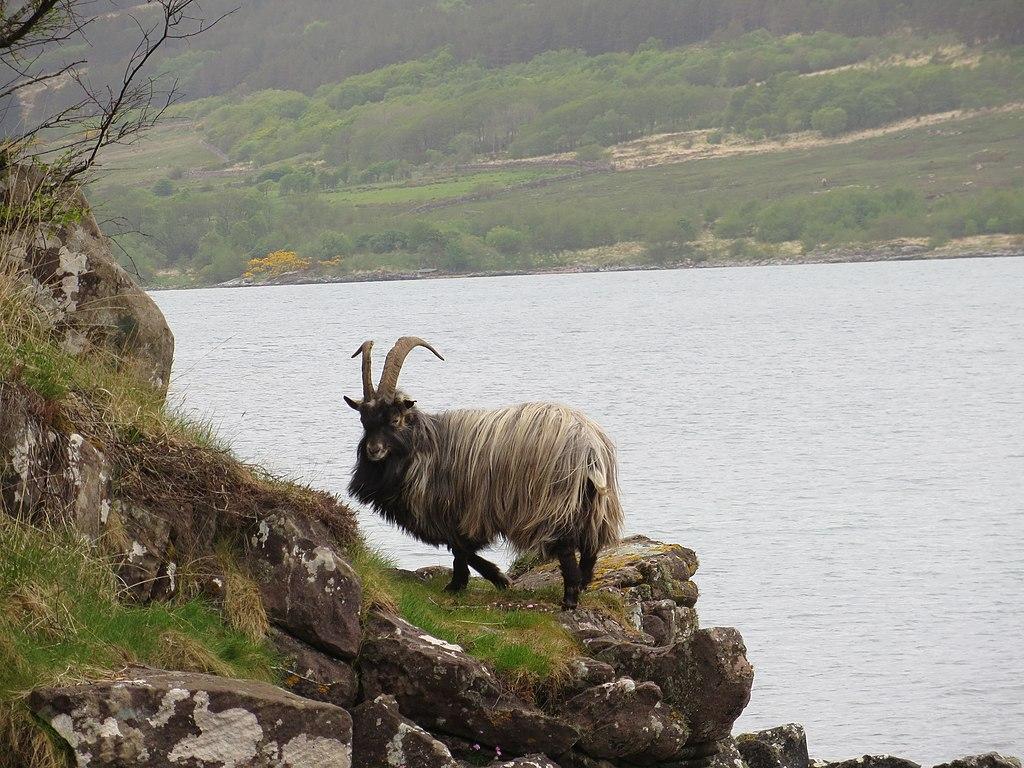
Source: Wikimedia
Around 900 deer currently live on the island alongside a population of 40 humans, all of whom live in the hamlet of Kinloch on Rum’s eastern coast.
The Giant Earthworms of Rum
Despite the fascination with the red deer, researchers have been drawn to another animal that thrives on the island—a species that lives underground.
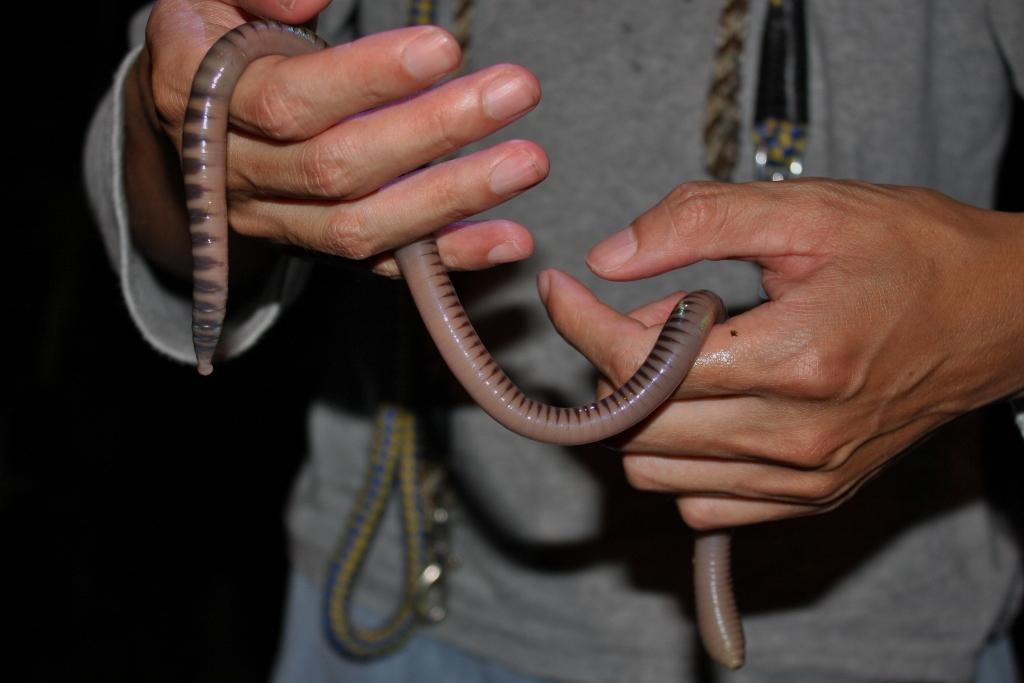
Source: Wikimedia
Scientists have been interested in an invertebrate dubbed Lumbricus terrestris, often referred to as giant worms, in recent years due to its significant impact on the Isles’ landscape.
The Lumbricus terrestris
The Lumbricus terrestris interests researchers as they are thought to play an active role in shaping the landscape.
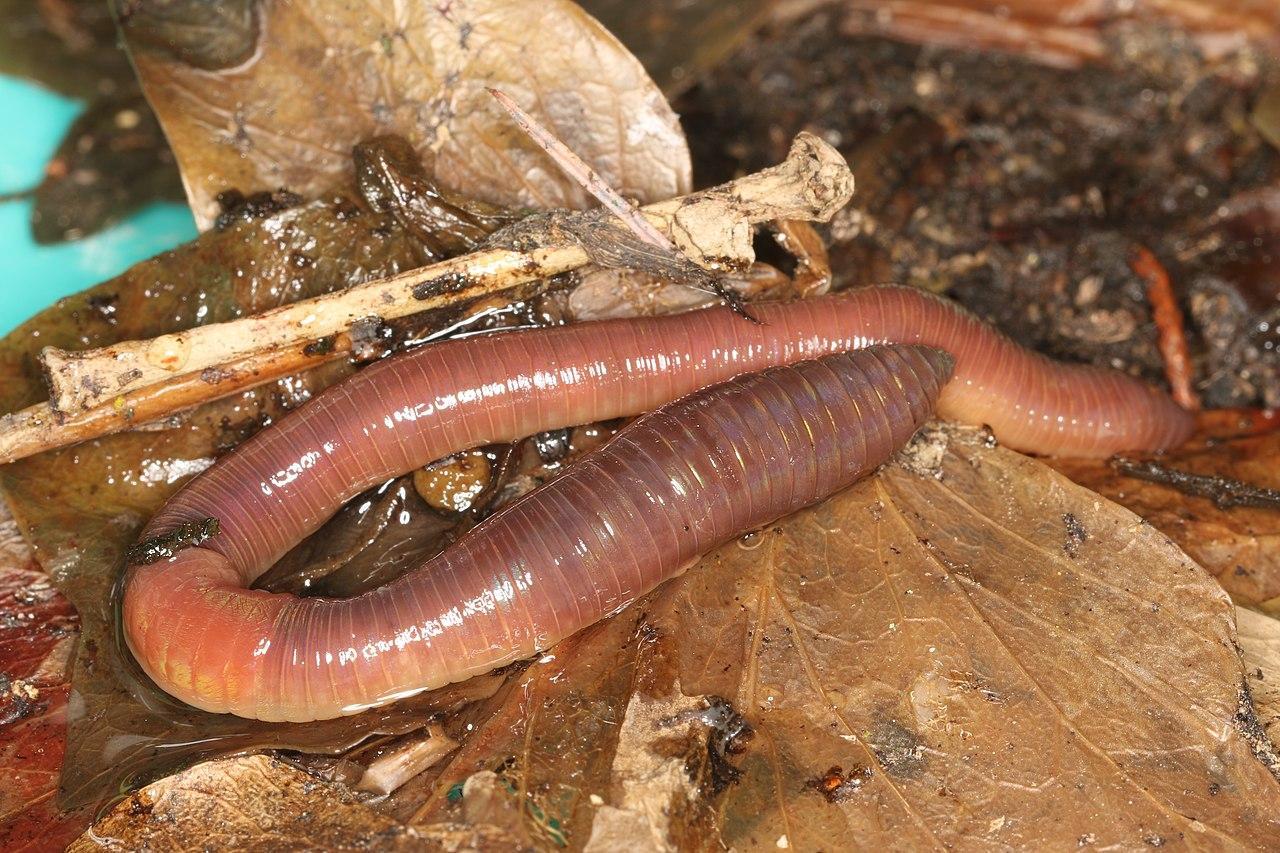
Source: Wikimedia
According to researchers, the invertebrates act as “ecosystem engineers” and continue to leave their mark on the island’s landscape, even in the midst of human activity.
The Discovery of the Giant Worms on the Isle of Rum
Kevin Richard Butt first began studying the island back in the 1990s, and after 30 years, his knowledge of the diversity and abundance of earthworms is unmatched.
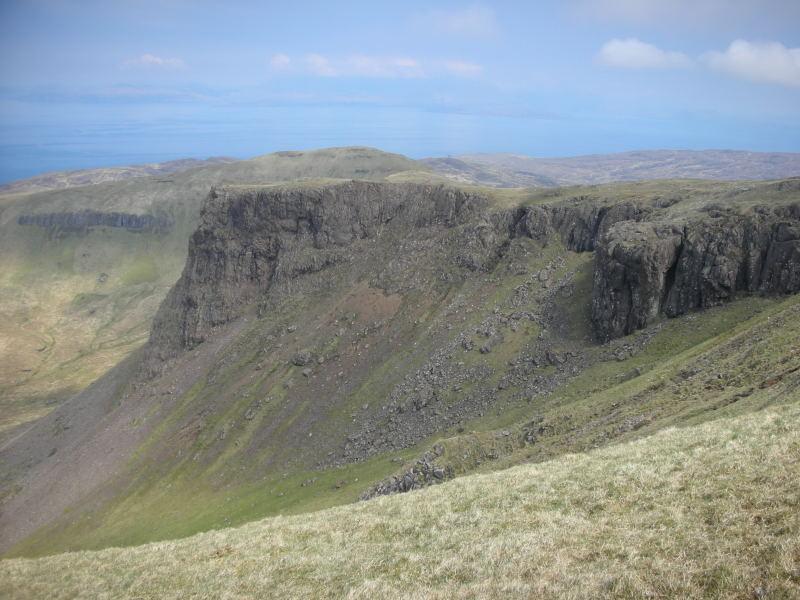
Source: Wikimedia
During one visit to the island, he and his colleagues were investigating the abandoned settlement of Papadil, inspecting the soil, when they stumbled upon large earthworm borrows up to 1cm in diameter. This unexpected find led to the thrilling discovery of the giant worms.
Lumcricus Terrestris Found in the Wild
During a written piece for The Conservation, Butt detailed the find suggesting he and his colleagues were the first to report on the discovery of the “UK’s largest Lumbricus terrestris in the wild.”
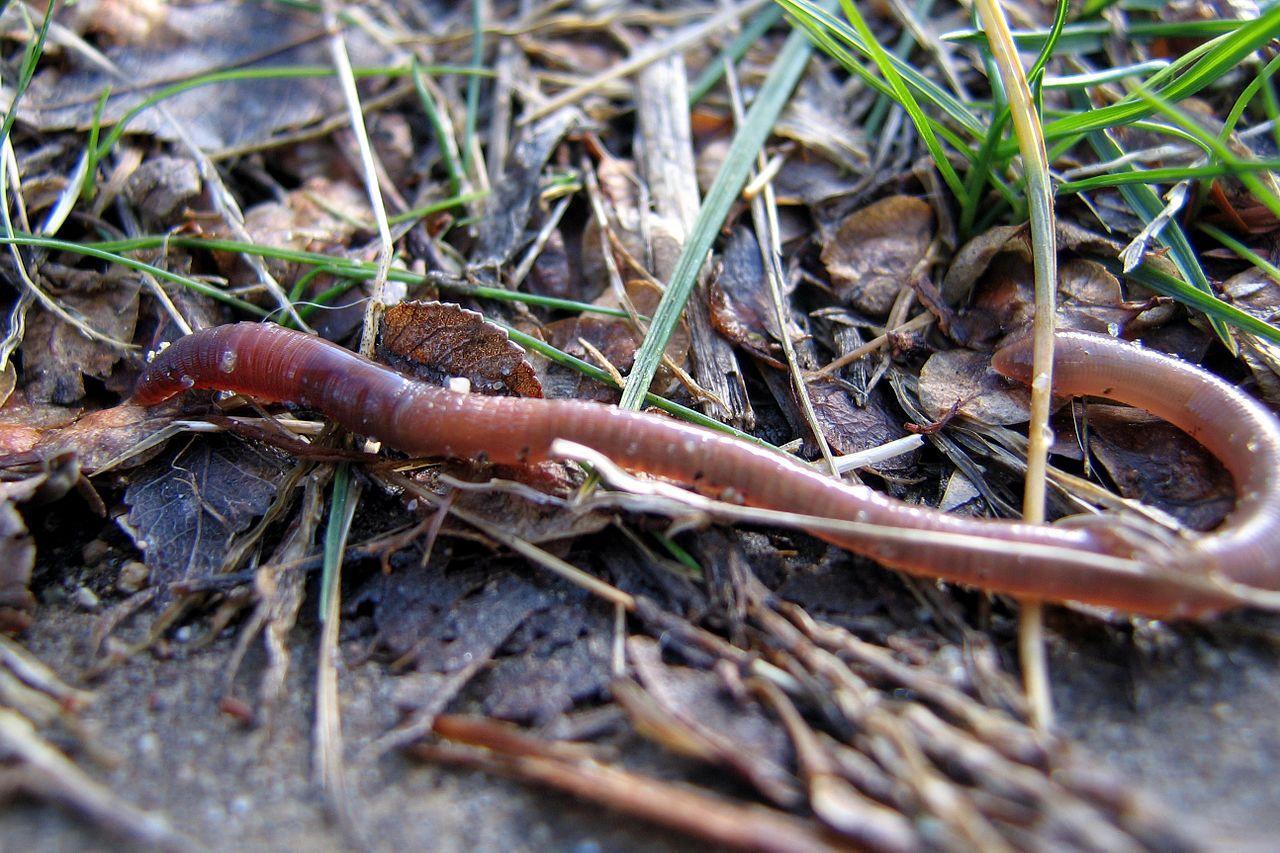
Source: Wikimedia
He added, “At over 13g, some three times the normal weight for this species, these earthworms may have been up to ten years old. This really was an exciting find. We returned the worms to the soil—hopefully, they have proliferated.”
The Highland Clearances
According to Butt, the island’s native inhabitants had been forcibly removed during the “Highland clearances” of the 18th and 19th centuries.
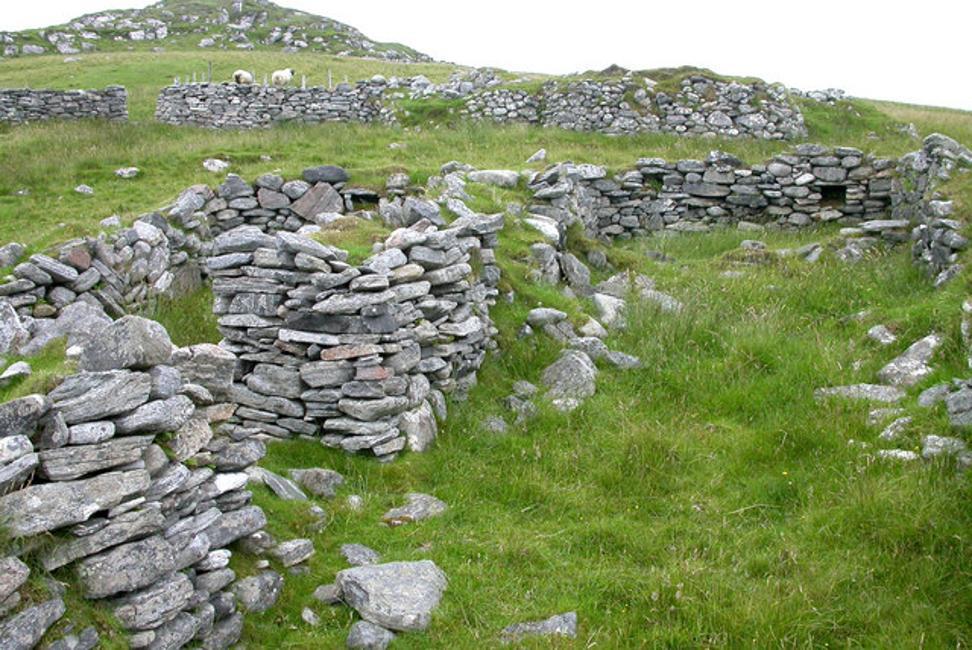
Source: Wikimedia
The island eventually fell into the hands of the 19th-century textile tycoon Geroge Bullough, whose wife decided she wanted roses in the garden. So, they imported around 250,000 tons of quality soil from Arrshire to spread on the lands surrounding their new home.
12 Species of Earthworms on the Island
Butt explains that the imported soil contained earthworms, which evolved on the island. Now, at least 12 distinct species exist of Rum, many of which prefer neutral pH souls.
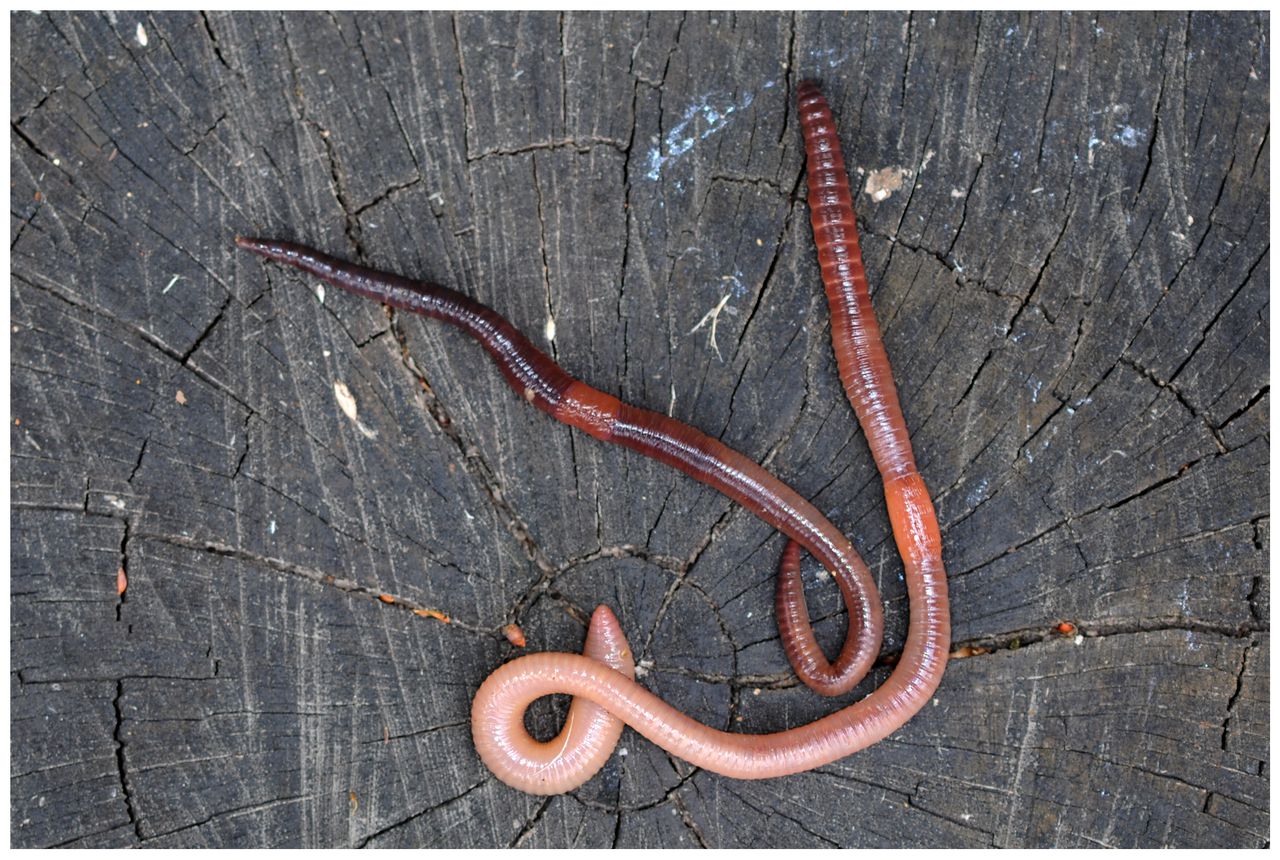
Source: Wikimedia
“Colleagues and I sampled at 50m intervals in altitude from here (at sea level) up to the summit of a steep, rocky peak called Hallival. Our research showed that this earthworm species richness and abundance ends abruptly at the wall around the estate—the limit of the imported soil,” he said.
Shapers on the Landscape
In addition to human influence on the landscape and soil, other influences have played a significant role, including black-and-white seabirds known as Manx shearwaters.
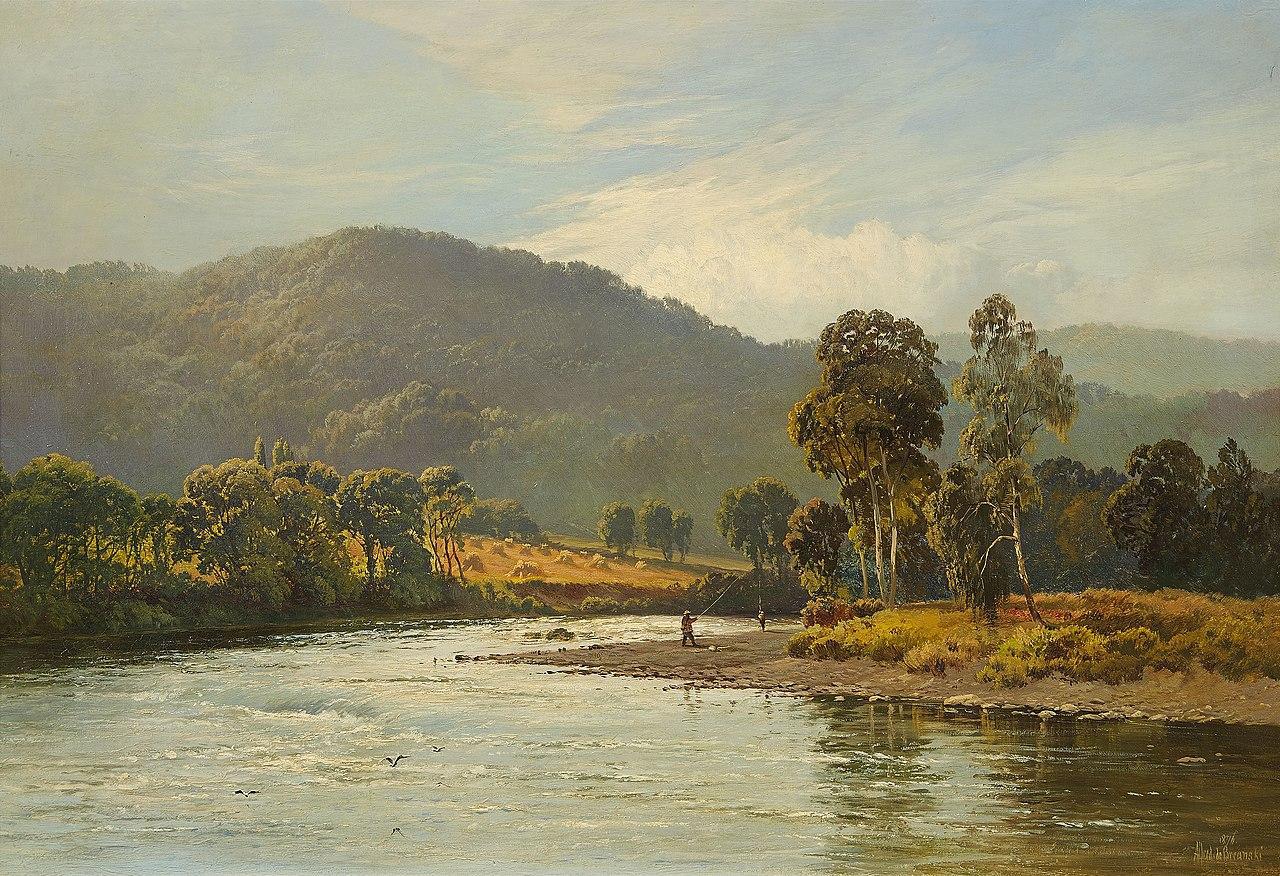
Source: Wikimedia
“Pairs of these black and white seabirds burrow into the hillside to raise one chick each year before beginning their long-distance migration towards South America. The verdant shearwater greens are fertilized from above by the feces of the adult birds before they fly off to forage for small fish such as herring and sprat to feed their chicks,” said Butt.
Soil Enrichment From Birds
The feces of the various birds burrowed underneath Rum’s ground enrich the soil. Over time, this process will enhance the growth of grass and can even lead to increased numbers of earthworms.

Source: Wikimedia
As the number of earthworms grows on Rum or any other island, various benefits are readily apparent, including high soil nutrients, better drainage, and a more stable soil structure.
Rum Becomes a National Reserve
Numerous trees were planted on Rum’s low-lying moorland after the island was converted into a national reserve in the middle of the 20th century. These protected trees have increased the level of earthworms, and the leaves that fall and compost add to the soil’s nutritional profile.
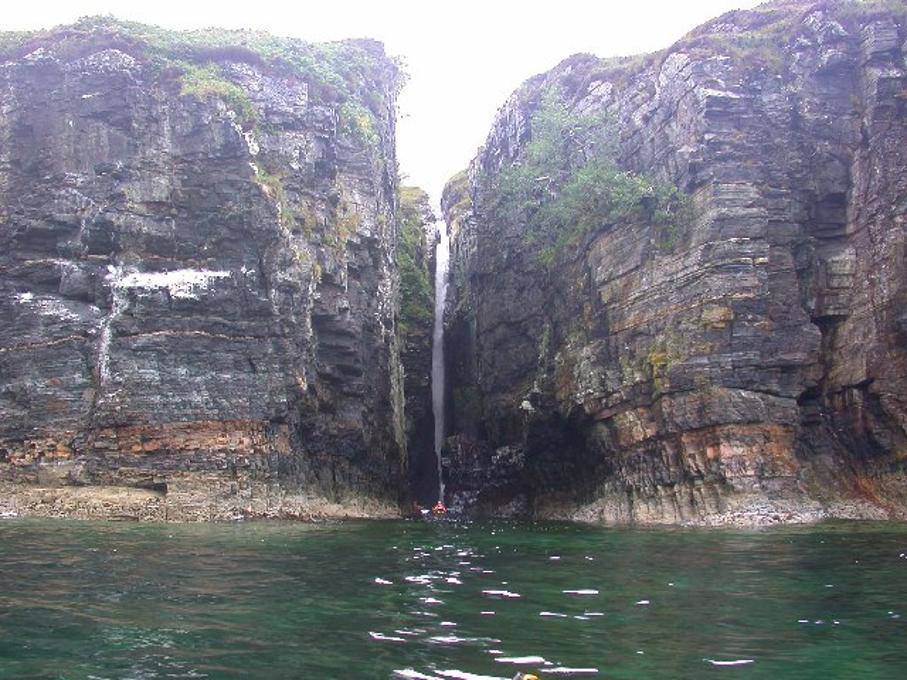
Source: Wikimedia
“These plots have triggered a small-scale reafforestation project which could change this island landscape, its soils, and its many earthworms,” explained Butt.
Earthworms Shape the Landscape
According to Butt, the findings collected from studying Rum’s soil for over 30 years suggest earthworms have played a significant role in shaping the landscape.
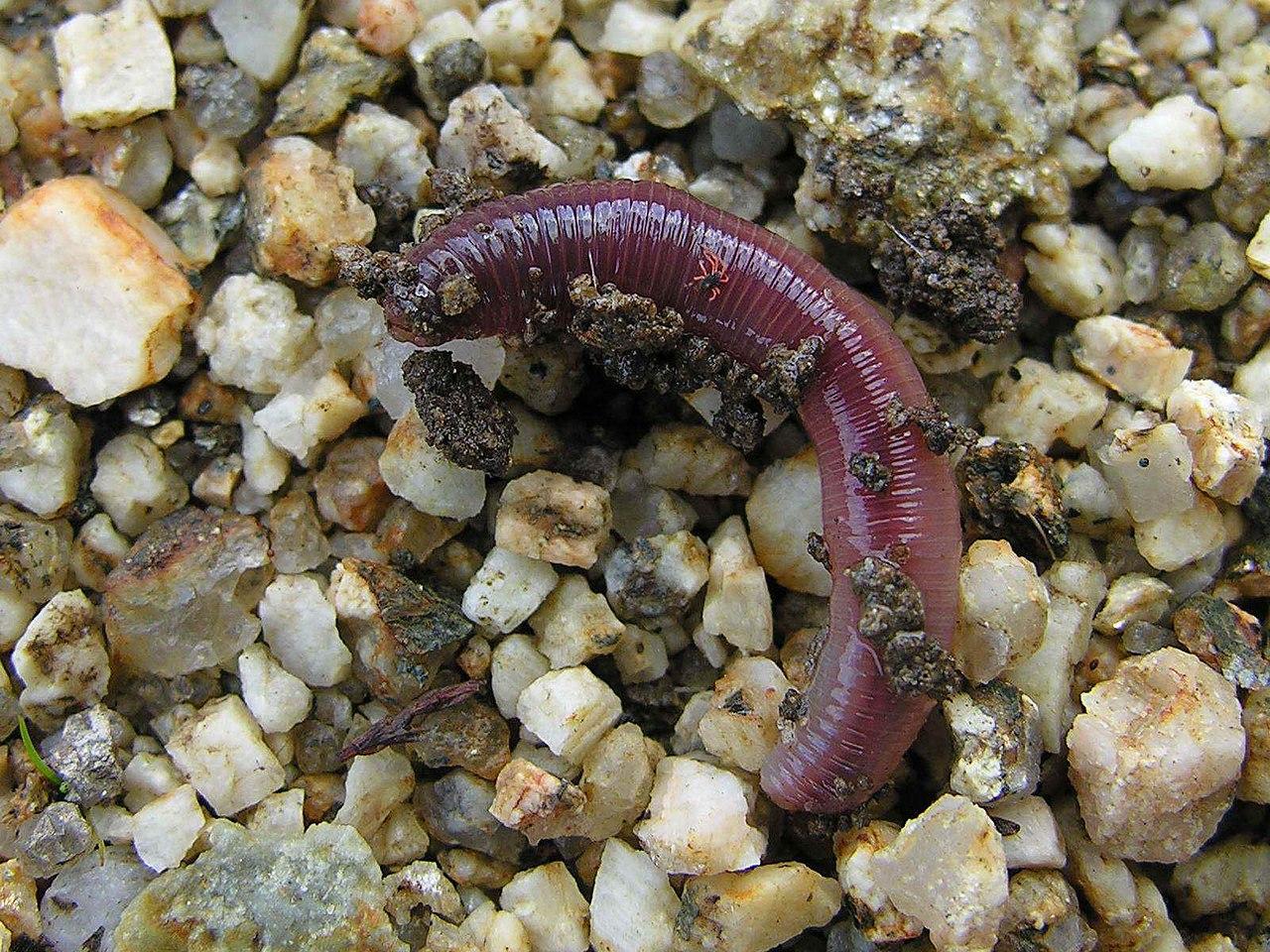
Source: Wikimedia
“As earthworms engineer this ecosystem and naturally derived nutrients get added, soils change. Long-term monitoring on Rum could help us better understand landscape transformations and soil health, here and elsewhere,” he said.
